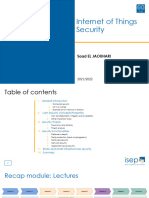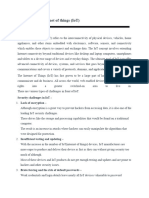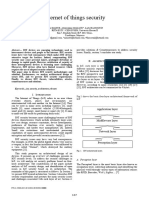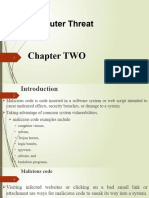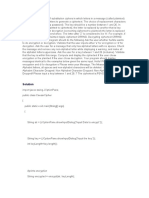0% found this document useful (0 votes)
23 views4 pagesUnit V
The document discusses the critical importance of securing the Internet of Things (IoT) due to its vast interconnectivity and associated security vulnerabilities. It outlines security requirements across IoT architecture layers, enabling technologies, and specific application risks, emphasizing the need for confidentiality, integrity, authentication, authorization, and availability. Additionally, it highlights common threats and attacks targeting IoT devices, such as botnets and firmware attacks, along with best practices for mitigating these risks.
Uploaded by
vibhashbhandariCopyright
© © All Rights Reserved
We take content rights seriously. If you suspect this is your content, claim it here.
Available Formats
Download as PDF, TXT or read online on Scribd
0% found this document useful (0 votes)
23 views4 pagesUnit V
The document discusses the critical importance of securing the Internet of Things (IoT) due to its vast interconnectivity and associated security vulnerabilities. It outlines security requirements across IoT architecture layers, enabling technologies, and specific application risks, emphasizing the need for confidentiality, integrity, authentication, authorization, and availability. Additionally, it highlights common threats and attacks targeting IoT devices, such as botnets and firmware attacks, along with best practices for mitigating these risks.
Uploaded by
vibhashbhandariCopyright
© © All Rights Reserved
We take content rights seriously. If you suspect this is your content, claim it here.
Available Formats
Download as PDF, TXT or read online on Scribd
/ 4




























